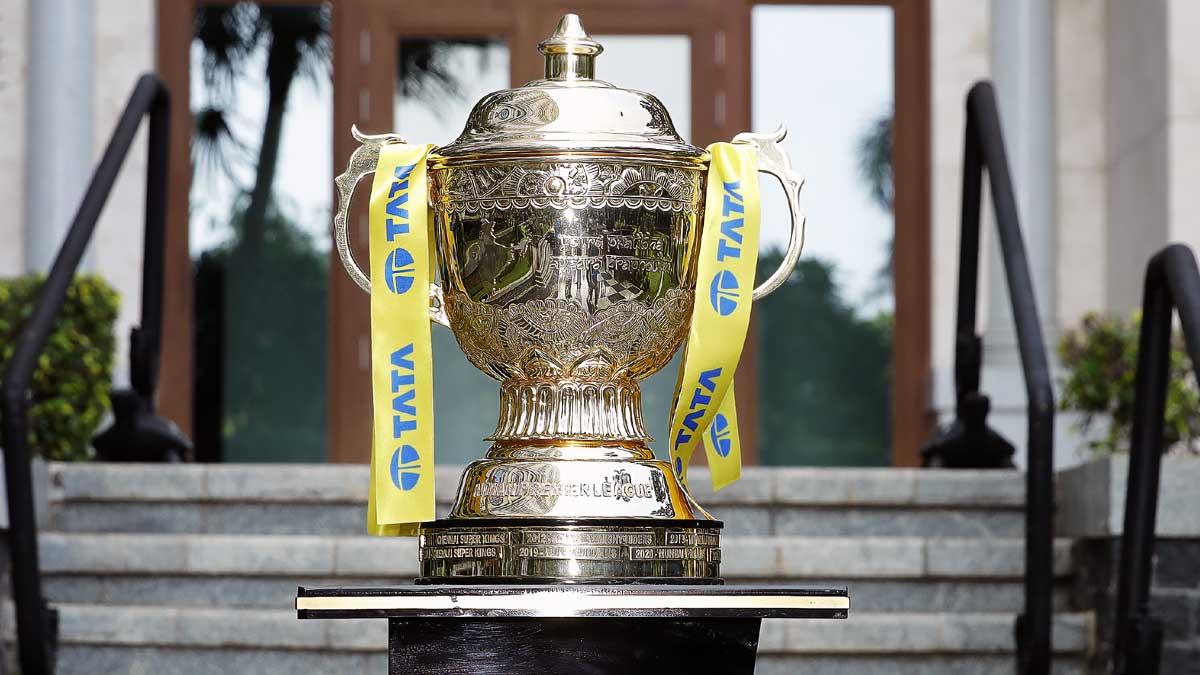The Limited Overs International series between India and Pakistan was regal entertainment. It had drama and tons of runs. But it left a lot of questions unanswered about the changing nature of the shorter version of the game.
Cricket pundits said while it is important for pyjama cricket, as LOIs were derisively known in the early days, to entertain, they warned it should not be taken to the extent where it overshadows the true spirit of sport itself, which is a contest between two opponents.
 Right now, the way the game is evolving, it seems to be headed the WWE (World Wrestling Entertainment) way. At one time, 250 seemed a winning target. Today, even 300 is not a safe total; ask Inzamam-ul-Haq and Sourav Ganguly.
Right now, the way the game is evolving, it seems to be headed the WWE (World Wrestling Entertainment) way. At one time, 250 seemed a winning target. Today, even 300 is not a safe total; ask Inzamam-ul-Haq and Sourav Ganguly.
Indian vice-captain Rahul Dravid believes the nature of wickets for one-dayers has not changed, but the batsmen have become bolder. "Even five years ago the wickets were the same," he says, "but teams would not score 340. Improvisation has become a key element in a batsman's armoury. Earlier batting was limited to number seven, after which eight, nine, ten and Jack would fall like dominoes.
"But if you see the way Irfan Pathan and L Balaji bat, it helps the team total that much more."
V V S Laxman admits that one-day cricket should be a good contest between bat and ball instead of a batsman takes all affair. But Virender Sehwag, as a swashbuckling opener, is convinced the game will never get boring even though it is one-sided.
"People will never get bored of watching fours and sixes," he argues. "Nobody wants to see wickets falling."
Pace bowler Zaheer Khan, a man who has suffered a lot on flat tracks, says one-day cricket is loaded in favour of the batsmen. "The rules are there for you to see," he points out. "One-day cricket is completely loaded in the batsman's favour. But the bowlers can still bowl with discipline and reduce the pressure."
Leg-spinner Anil Kumble believes the way one-day wickets are being prepared now could mean the end of bowlers in the game. "We will need to try and scrutinise bowlers in a new light," he says. "The days of getting five wickets for 20 in a one-day game seem akin to taking a hat-trick."
Kumble admits that limited overs cricket has changed the way Test cricket is played. "In the last five years, 90 percent of Test matches have thrown up results," he says. "That is probably one positive we can take from the onslaught of one-day cricket."
Dravid seconds the thought and compliments one-day cricket for forcing more shots out of batsmen.
Kumble believes the public perception of limited overs cricket needs to change and the media, he says, can play an important role in that endeavour. Dravid fears that 300-plus scores might soon become the norm with bowlers just there to be hammered. "Earlier 10 overs for 40 was acceptable," he points out. "Now 10 overs for 50 will be the benchmark."
Dravid picks the Peshawar game as the most interesting match of the LOI series in Pakistan. "There was some swing and seam in the wicket," he recalls. "Batting was a challenge and when Pakistan was batting it got really close."
Kumble has an idea to make the limited overs game a more even contest between bat and ball. "It might be an interesting idea," he suggests, "to allow two bowlers to bowl 12 to 14 overs in one-dayers instead of the ten-over quota."
It could be a great option for captains, allowing them to play around with the fifth bowler. Kumble believes it would also put batsmen under pressure, because they will know that the best bowlers will come back for a second spell of six overs.
"Though that is not a good sign because I know who will have to bowl those [additional] overs," he joked.
Sehwag, however, does not see any merit to the idea. "How will it change anything if you allow a bowler to bowl more?" he argues. "Aur runs banenge, aur pitega woh [He will only be thrashed more]."
Dravid suggests having harder balls. If they stay hard longer, he says, it would be ideal for the game. "It will have something for the bowler."
For a while in matches played in Australia, two balls were used in each innings, one from either end. "It didn't work there," admits Dravid. "It might work in the subcontinent though."
But then reverse swing and spin may be practically eliminated from the game.
Any suggestions?







 © 2025
© 2025